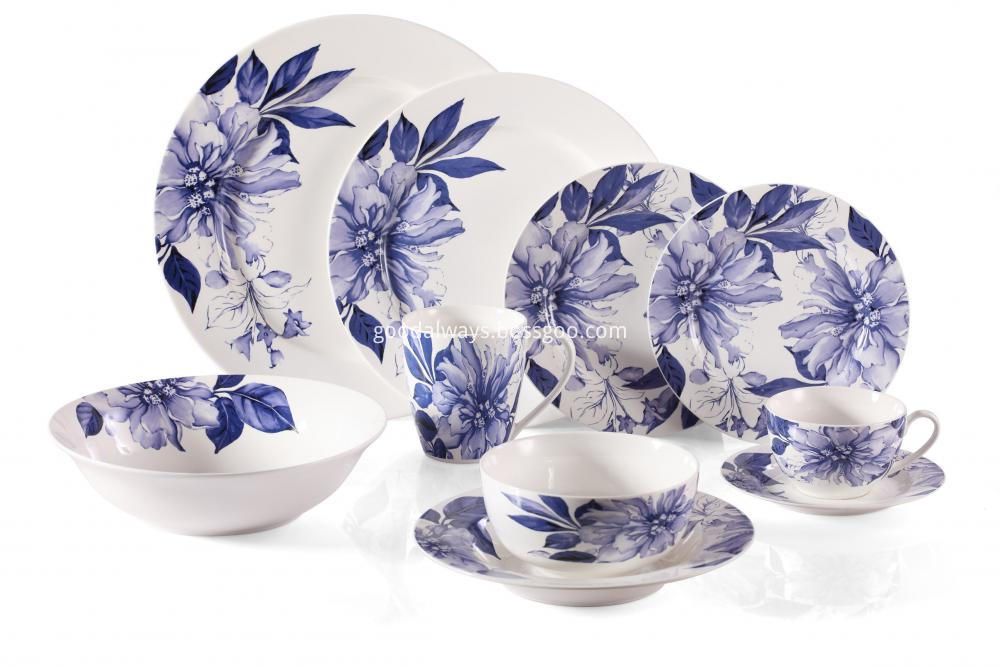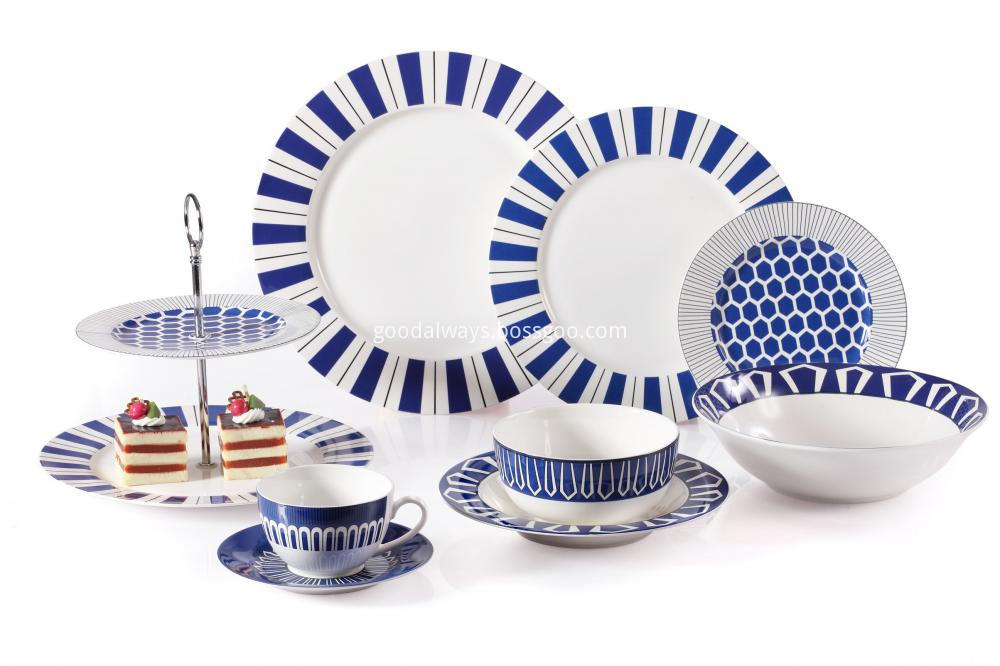Paper is the most important substrate for printing, and the quality of paper directly affects the quality of printed matter. There are large differences in gloss, surface strength, whiteness, absorbency, smoothness, stretchability, etc. of different paper surfaces, even under the same printing conditions, the same ink will be printed on different papers Produce different color effects. The surface performance of the paper directly expresses the tone level and color of the image, and determines the positive data of the tone and color of the Plate-making. Therefore, in actual operation, the printing characteristics of the paper should be fully grasped, and the printing parameters should be determined according to the performance of the paper to improve the quality of the printed matter.
Determine the number of screen lines according to paper performance
The number of screens commonly used are 80, 100, 120, 133, 150, 175, 200, 300 lpi, etc. In the actual selection, the performance of the paper is an important factor. The surface properties of the paper such as smoothness and roughness determine that they have different requirements for the number of screen lines. The surface of coated paper or high-grade calendered white cardboard has high smoothness and can reproduce thin dots, so the number of screen lines is higher, and can generally be set to 175 ~ 300lpi; the surface of offset paper is thicker than that of coated paper, and the number of screen lines can be 120 ~ 150lpi; the surface of newsprint is rougher, too small dots will form broken edges, or fall completely in the concave place, so it should be printed with larger dots, and the number of screen lines can be between 80 ~ 33lpi .
Determine black / white field according to paper performance
In the highlight of the printed image, generally 3% to 5% of the highlight area can not be printed, which means that the highlight part of the printed matter is formed by the color of the paper. If the whiteness of the paper is different, it will affect the color brightness and saturation of the main bright part of the screen, which will affect the color contrast of the screen. Similarly, the texture of the paper is also very relevant. Newsprint is a porous material. The ink is easily absorbed by the fibers, which causes a high degree of light scattering on the printed surface, which reduces the printing density. The black spots are not black, but smooth and coated. Paper and ink are adsorbed on the surface, and there is very little light scattering, making the dark tone darker.
The poor gloss of newsprint directly affects the color drift of the printing ink; the surface whiteness is low, the printing contrast is small; the smoothness is low, and the ink diffusivity is strong, so that the better newsprint plus screen lines do not exceed 133lpi. In view of these characteristics, the black / white field calibration value, the white field can be networked in a small area (C = 0%, M = 0%, Y = 0%, K = 0%), and the black field can be scaled to C = 62 %, M = Y = 56%, K = 75%, the total amount of ink overprint is also smaller, 250.
The surface of the coated paper has good smoothness, whiteness and light reflection ability. The ink printed on the coated paper has little diffusion of ink, the dot pattern is good, and the dot expansion rate can be controlled at about 15%; Good, good saturation, bright colors, can reflect better levels and contrasts. High light energy can print 2% of the dots, the total number of dark tone dots can be over 340, the number of screen lines can reach more than 200lpi, and the density contrast can reach 1.8. Therefore, for coated paper, some manufacturers set the white field dot value as C = 95%, M = Y = 3%, which is related to the minimum number of dots that can be printed by the printing plate and the minimum number of dots that can be printed by the printing paper It is all related. The black field calibration is roughly C = 95%, M = Y = 85%, K = 75%.
It should be noted that if there is no white point on the image, the paper color can be used as the reference point to adjust the white field, and the paper can be adjusted to the CMYK color dots less than 3%.
Determine color separation parameters based on paper performance
1. The compensation sample of the dot increase is being set
When the ink is transferred to the surface of the paper under the pressure, due to the absorbency of the paper, the ink diffuses around when it penetrates, resulting in an increase in dots, making the entire image darker. Obviously, for different qualities of paper will produce different dot gain effects. The stronger the absorption of paper, the greater the value of the dot expansion. Specifically, newsprint is the largest and art paper is the smallest. The increase of the dots formed by the performance of the paper generally exhibits an exponential expansion law. In the process of prepress processing, it is necessary to compensate for the impact of the increase of the dots.
For dots of different sizes, the dot increase value is different. Generally, the increase value of high-tone and dark-tone dots is small, and the increase value of mid-tone dots is large. It is generally recommended to use the default settings. For example, when printing on coated paper, the default value is about 17%, offset paper is about 22%, and newsprint is about 30%.
Second, choose the color separation type GCR, UCR
Using GCR is easy to maintain the gray balance, reduce the total amount of ink overprint, make the ink dry faster, and increase the printing speed. The quality of the black version plays a decisive role in the entire printing. For general manuscripts, GCR is recommended. Special manuscripts, such as images with more high school tones and rich dark tones, can also use UCR. In short, be flexible.
3. Setting the total amount of ink
The printing characteristics of the paper and the high speed of rotary printing determine that the total ink volume cannot be too high. Foreign data shows that the total black volume of newsprint printing is generally controlled at 240% to 260%; the total ink volume of coated paper printing is generally controlled at 280% to 320%; the total ink volume of offset paper printing is generally controlled at 300% to 340%. The setting of this value is determined by each process, and it completely depends on the dot expansion rate during printing. If the dot expansion is serious, you need to reduce this value, otherwise, the dark tone part will be dead, and the mid-dark tone level will be seriously lost; if the dot expansion is basically normal, you can increase the value appropriately to ensure that the dark tone part is full of color and full performance The dark tone area level is conducive to the reproduction of the entire tone. In addition, it should also choose the ink that suits it according to the different paper.
Bone China Dinnerware Set , high quality, with different pattern, modern design ,elegant flower .
Welcome OEM and accept your own band and design.
Dishwasher and microwave safe, durable and easy to care for, With CIQ, SGS, and LFGB certificate
Bone China Dinnerware Set : can be round, coupe, square ,irregular shape , 4 pieces, 16 pieces, 20 pieces -, Service for 4 people, 6 people -
We can make different combination of Dinnerware Sets as your requirement.Such as 16 piece dinnerware set.
Dinnerware Sets can be in different packing: bulk packing, gift color box, Mail Box, PDQ, Pallet packing, IKEA packing.
Payment terms: T/T or L/C
Delivery date: 45 days
Accept OEM and your own brand and design
Samples are available.
MOQ: 1000 pieces for bulk item, gift sets is 600 sets
Mixed order is accepted.
Any more question, please contact our customer service.



Floral Dinnerware , Rose Dinnerware , Bone tableware Set , Bone dinner set
Shenzhen Good-Always Imp.& Exp.Co.Ltd , https://www.good-always.com